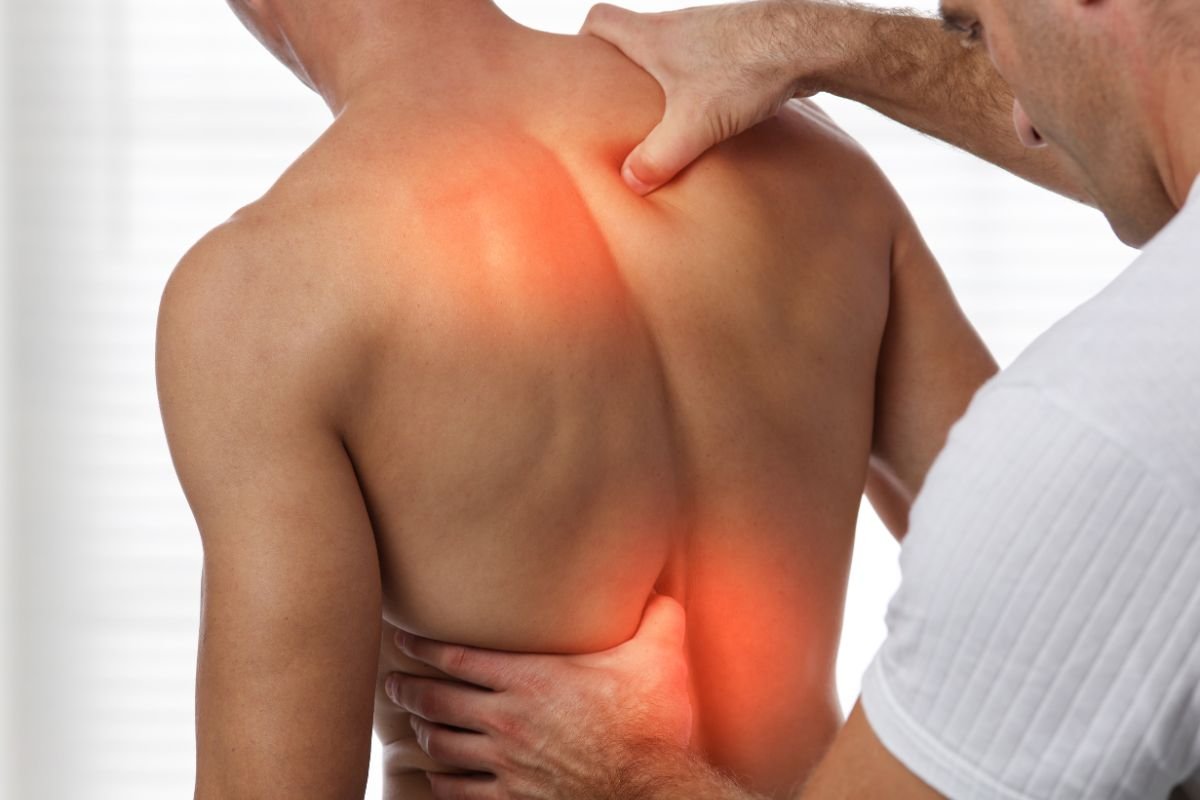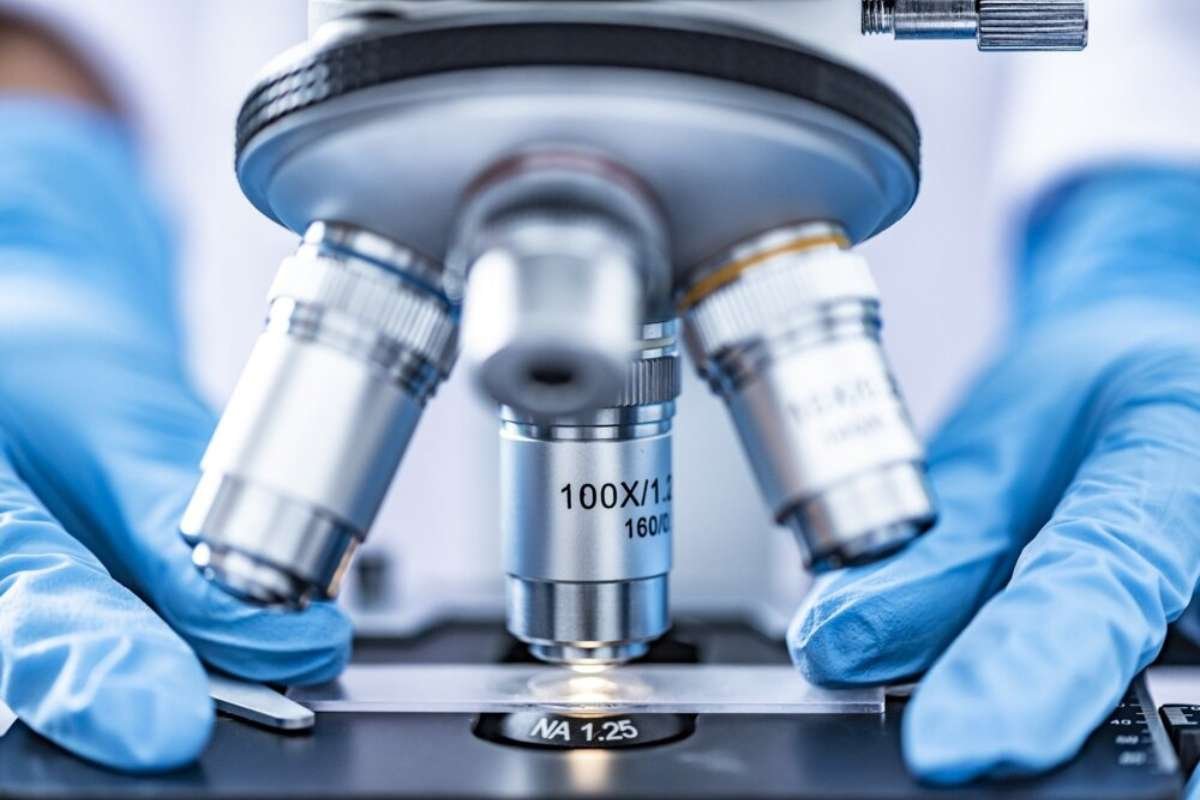Back pain is a common ailment that affects millions of people worldwide. Whether it’s due to poor posture, stress, or an underlying health condition, finding effective relief is crucial for maintaining a quality lifestyle. While there are numerous treatments available, many people are turning to alternative therapies like acupressure. In this article, we will explore the best acupressure points for back pain and how this ancient practice can provide relief, improve your overall well-being, and help you manage pain naturally.
Understanding Acupressure and Its Benefits
Acupressure is an ancient healing practice rooted in Traditional Chinese Medicine (TCM). It involves applying pressure to specific points on the body, known as acupoints, to stimulate the body’s natural healing processes. Unlike acupuncture, which uses needles, acupressure relies on the use of fingers, thumbs, or specialized tools to apply pressure.
How Acupressure Works
Acupressure operates on the principle that the body is filled with life energy, or “Qi,” which flows through pathways known as meridians. When these pathways are blocked, it can lead to pain or illness. By applying pressure to specific acupressure points for back pain, you can unblock these pathways, allowing energy to flow freely and helping to alleviate pain.
Benefits of Acupressure for Back Pain
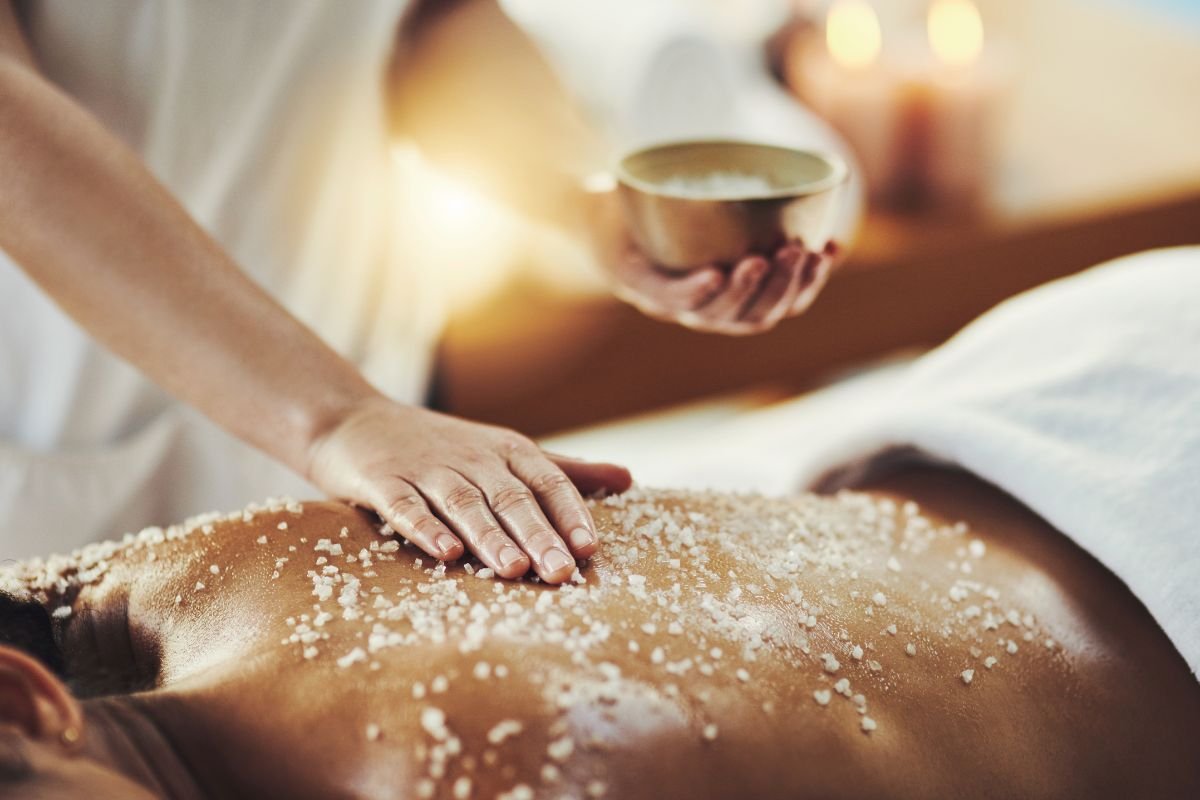
- Natural Pain Relief: Acupressure provides a natural way to relieve pain without the need for medications.
- Improved Circulation: Stimulating acupoints can improve blood circulation, which aids in healing and reduces inflammation.
- Stress Reduction: Acupressure not only targets physical pain but also helps in reducing stress and tension, which can contribute to back pain.
- Enhanced Sleep Quality: Regular acupressure sessions can improve sleep quality, which is essential for recovery and overall health.
Key Acupressure Points for Back Pain
There are several acupressure points for back pain that you can target to relieve discomfort and tension. Here, we’ll explore the most effective points and how to apply pressure to them.
1. Lower Back Points (B23, B47)
- Location: These points are located on either side of the spine, approximately two fingers’ width away from the vertebrae at the level of the waist.
- How to Apply Pressure: Use your thumbs to press gently on these points for about 2-3 minutes. You can also use your knuckles or a massage tool if needed.
- Benefits: Stimulating these points helps relieve lower back pain and sciatica. It also aids in improving kidney function, which is linked to overall back health.
2. Stomach Point (CV6)
- Location: This point is located about two fingers’ width below the navel.
- How to Apply Pressure: Apply gentle pressure using your index and middle fingers. Hold the pressure for 2-3 minutes, taking deep breaths to enhance relaxation.
- Benefits: The CV6 point is known to strengthen the lower abdomen and relieve pain in the lower back. It’s particularly useful for individuals experiencing back pain due to muscle strain or poor posture.
3. Hipbone Points (GB29, GB30)
- Location: GB29 is located at the midpoint between the hip bone and the sacrum, while GB30 is found on the outer side of the buttocks.
- How to Apply Pressure: Use your thumbs to press these points firmly, maintaining pressure for about 2 minutes. You can also use a tennis ball or massage ball for added pressure.
- Benefits: These points are highly effective for relieving pain in the lower back, hips, and legs. They’re particularly beneficial for those with sciatica or chronic lower back pain.
4. Back of the Knee Point (B54)
- Location: This point is located in the center of the crease at the back of the knee.
- How to Apply Pressure: Apply gentle pressure using your fingers, holding for 1-2 minutes. You can also massage the area in a circular motion to enhance blood flow.
- Benefits: The B54 point helps alleviate lower back pain and stiffness. It’s also effective for reducing pain associated with sciatica and improving flexibility in the lower back.
5. Shoulder WellPoint (GB21)
- Location: This point is located on the top of the shoulder, halfway between the base of the neck and the outer edge of the shoulder.
- How to Apply Pressure: Use your thumb or fingers to press firmly on the GB21 point for 1-2 minutes. You can also massage the area in a circular motion.
- Benefits: The GB21 point is effective for relieving upper back and shoulder tension. It’s particularly useful for individuals who experience back pain due to stress, poor posture, or heavy lifting.
6. Hand Valley Point (LI4)
- Location: This point is located in the webbing between the thumb and index finger.
- How to Apply Pressure: Pinch the webbing and apply pressure for 1-2 minutes on each hand. Be sure to apply pressure on both hands for balanced results.
- Benefits: While primarily used for relieving headaches, the LI4 point is also effective for reducing back pain, particularly when stress and tension are contributing factors.
How to Incorporate Acupressure into Your Daily Routine
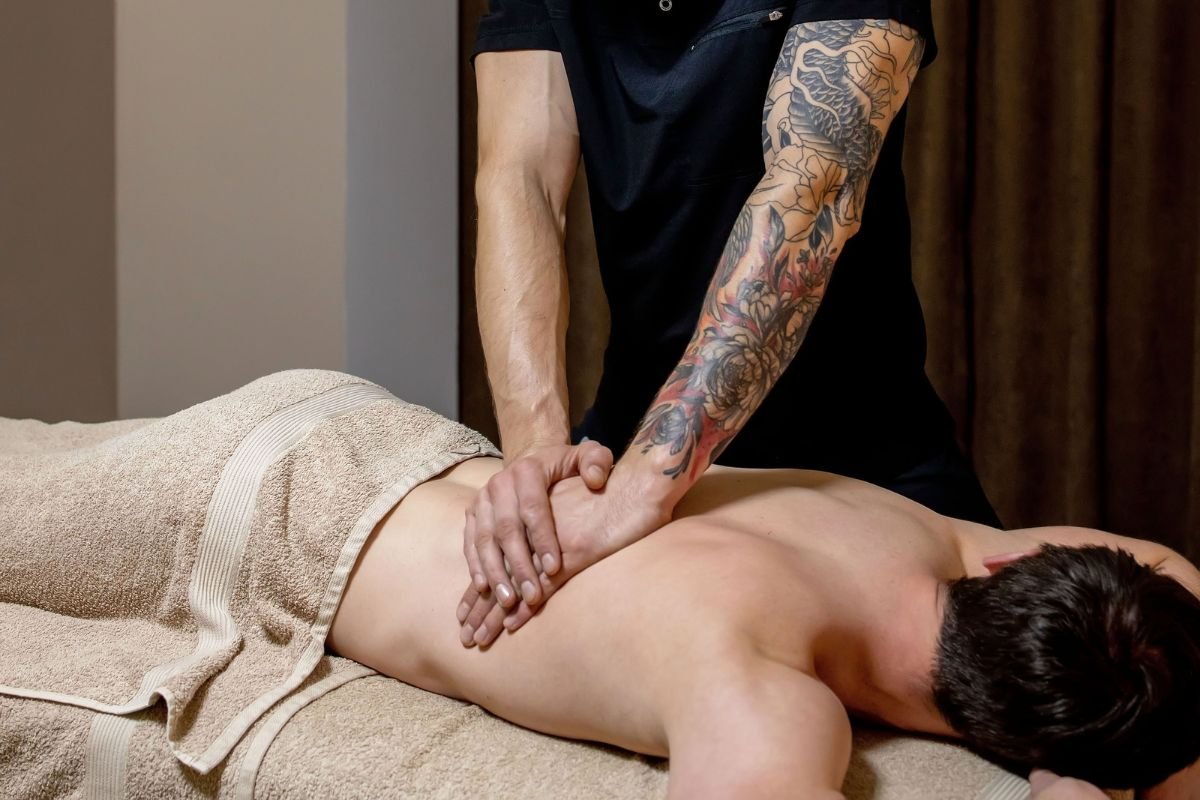
Incorporating acupressure into your daily routine can help you manage back pain effectively. Here are some tips on how to do so:
1. Morning Routine
Start your day by applying pressure to the acupressure points for back pain. Spend 5-10 minutes targeting the lower back and hipbone points (B23, B47, GB29, GB30) to relieve stiffness and prepare your body for the day.
2. During Work Breaks
If you have a desk job or spend long hours sitting, take short breaks to stimulate the shoulder well (GB21) and hand valley (LI4) points. This can help prevent tension from building up in your upper back and shoulders.
3. Evening Relaxation
Before bed, spend some time applying pressure to the back of the knee (B54) and stomach (CV6) points. This will help relax your muscles, reduce pain, and promote better sleep.
4. Using Acupressure Tools
Consider using acupressure mats, balls, or rollers to enhance your practice. These tools can help you apply consistent pressure to acupressure points for back pain without straining your hands.
Additional Tips for Managing Back Pain
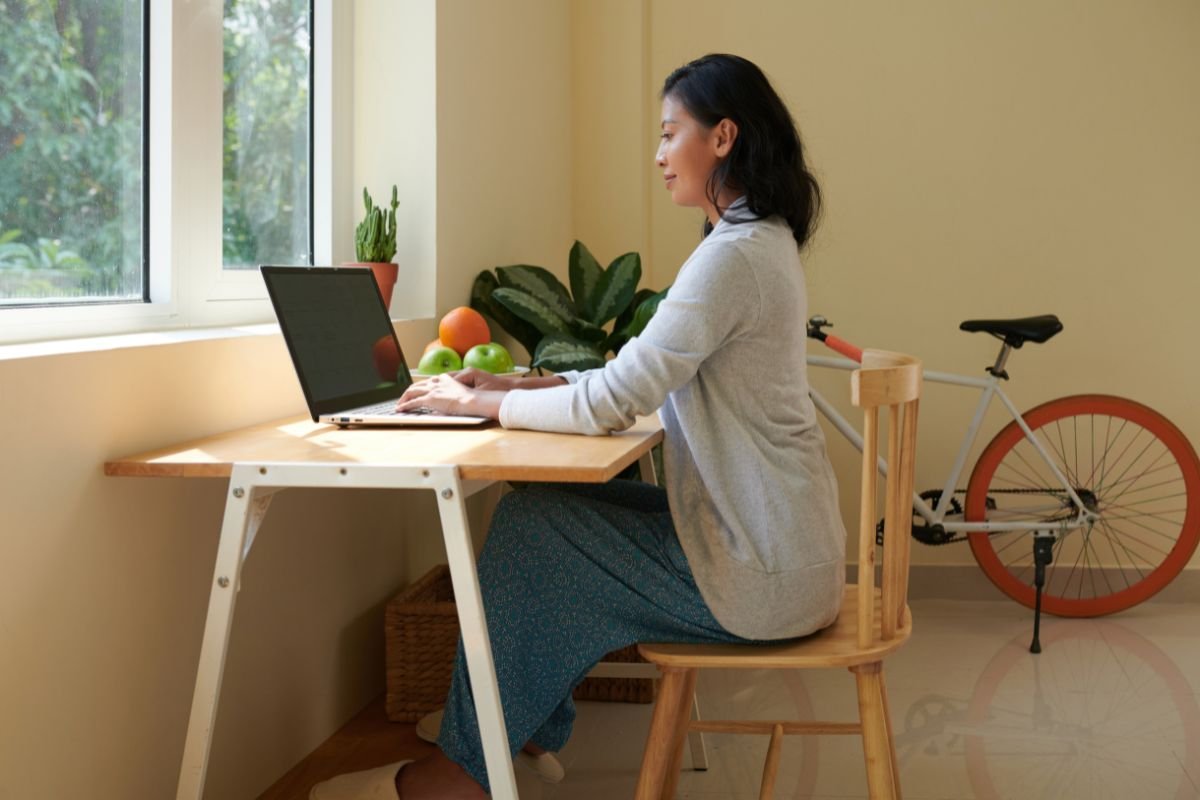
While acupressure is an effective way to relieve back pain, combining it with other practices can enhance your results. Here are some additional tips:
1. Stay Active
Regular physical activity helps maintain a healthy back. Incorporate exercises like yoga, swimming, or walking into your routine to strengthen your back muscles and improve flexibility.
2. Maintain Good Posture
Poor posture is a leading cause of back pain. Be mindful of your posture, especially when sitting or standing for long periods. Use ergonomic furniture and take regular breaks to stretch.
3. Practice Mindfulness and Stress Management
Stress can exacerbate back pain. Practices like meditation, deep breathing, and mindfulness can help you manage stress, which in turn can reduce back pain.
4. Use Heat and Cold Therapy
Applying heat or cold to the affected area can provide immediate relief. Use a heating pad or ice pack for 15-20 minutes to reduce inflammation and soothe sore muscles.
5. Seek Professional Help
If your back pain persists despite using acupressure points for back pain, consider seeking help from a healthcare professional. A chiropractor, physical therapist, or acupuncturist can provide targeted treatment and guide you on the best practices for managing your pain.
Conclusion
Acupressure offers a natural, non-invasive solution to back pain that can be easily incorporated into your daily routine. By targeting specific acupressure points for back pain, you can alleviate discomfort, improve circulation, and reduce stress. Remember to be consistent with your practice and combine acupressure with other healthy habits for the best results. Whether you’re dealing with chronic back pain or occasional discomfort, acupressure can be a valuable tool in your pain management arsenal.
Embrace the power of acupressure, and take the first step towards a pain-free life today.

